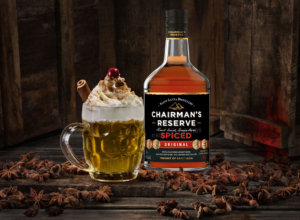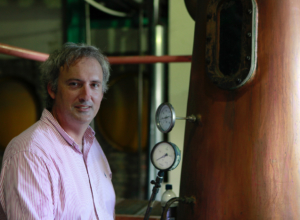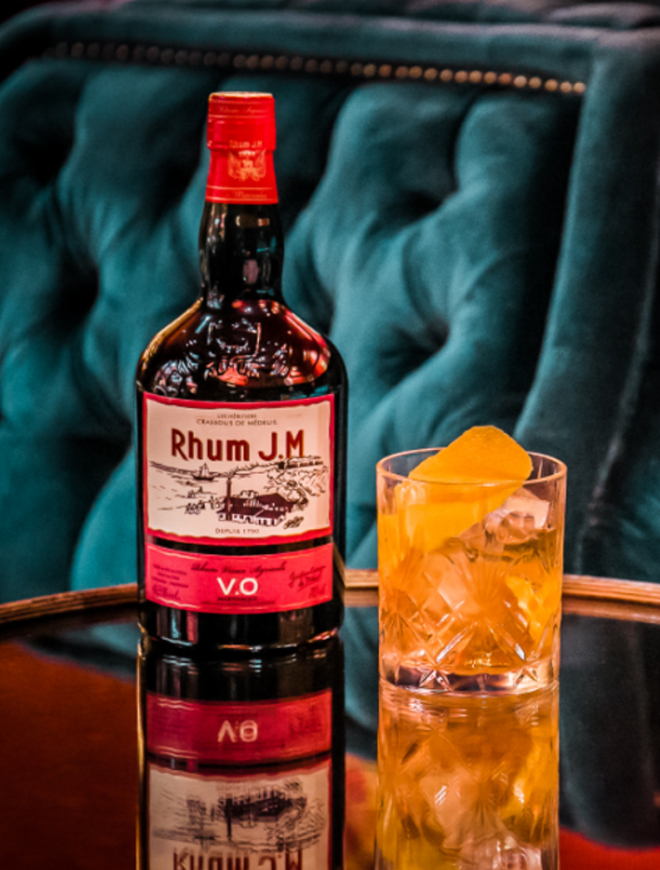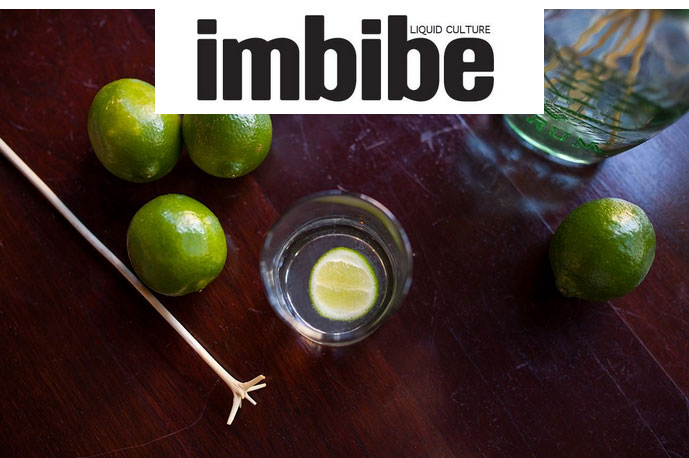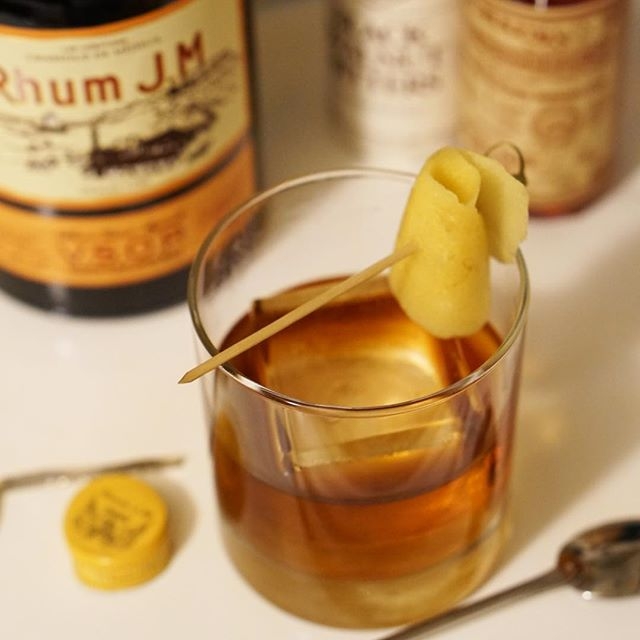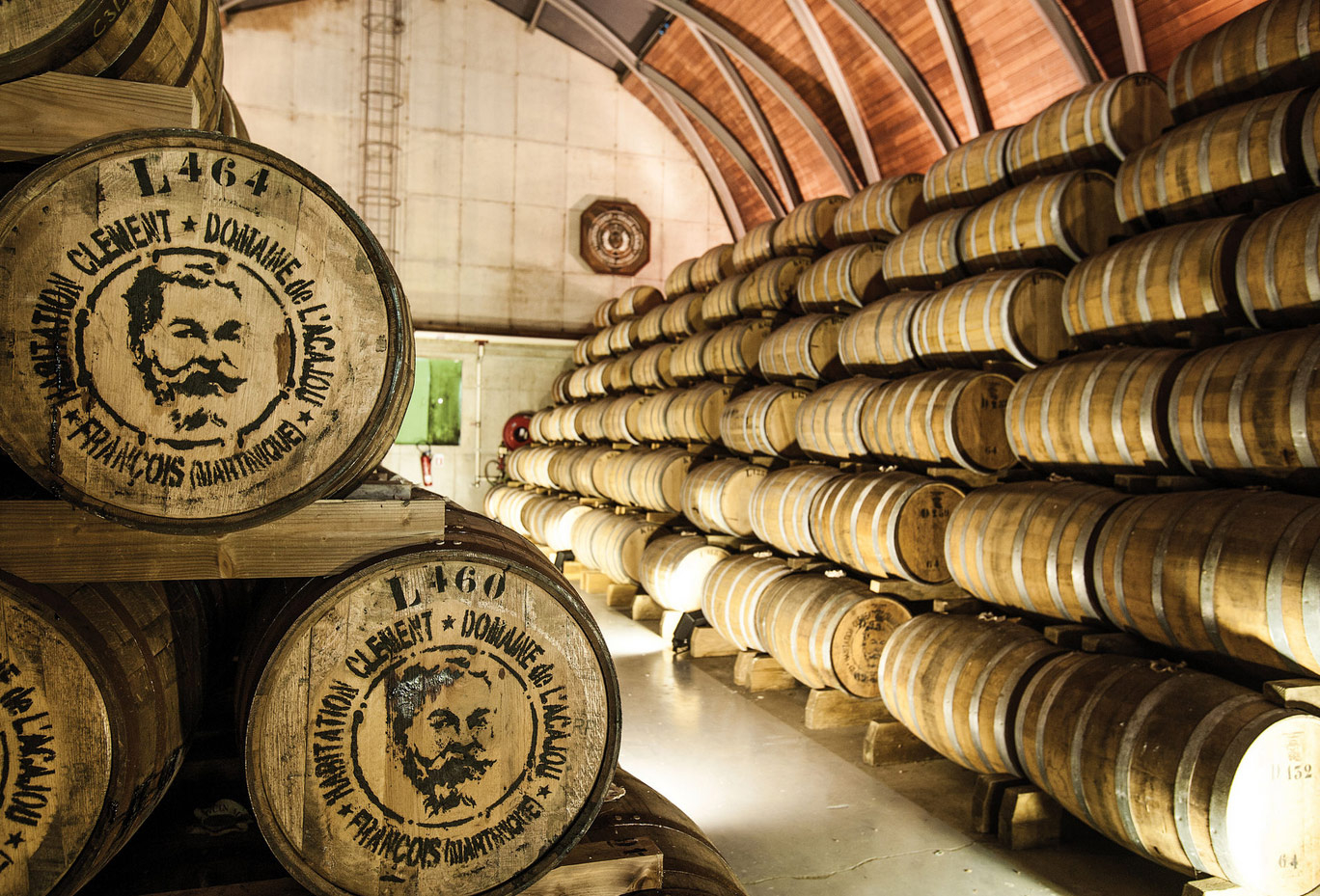
When is rum not really rum?
When is rum not really rum? When you add an “h” – making it RHUM Agricole. “That’s crazy!” you say? But it’s not crazy.
And there’s even precedent. Just like the extra “e” in whisk(e)y immediately connotes the difference between an Irish whiskey and Scotch whisky, for instance, providing a shorthand for all those unique qualities that are defined on the production level, so too does the addition of an “h” indicate that the liquid you’re about to enjoy is not your average pirate juice.
Oh no, not average at all. This would be very special, Martinique (or other French speaking islands like Haiti, St. Barth’s and Mauritius) produced sugar cane juice, not to mention the only rum in the world with its own AOC (Appellation d’origine Contrôlée – the French certification of production based on terroir which dictates the regions from which cheeses, wines, spirits and other agricultural products carrying the AOC can be sourced and how they are produced.) The AOC regulations cover everything from the amount of cane that can be grown per hectare, to a timetable for cutting and production.
Aside from being the only agricultural product carrying a French AOC that is not produced within the boundaries of France, what truly sets rhum agricole apart from its rum cousins is that, much like an extra virgin olive oil, rhum is a first press product; fermentation happens straight away from the freshly pressed cane juice. Natalie Jacob, bartender at Dutch Kills notes,
Rhum Agricole is so special and unique because unlike most rums that are distilled from molasses [which is a byproduct of sugar cane], it is distilled from the juice of fresh pressed cane sugar.
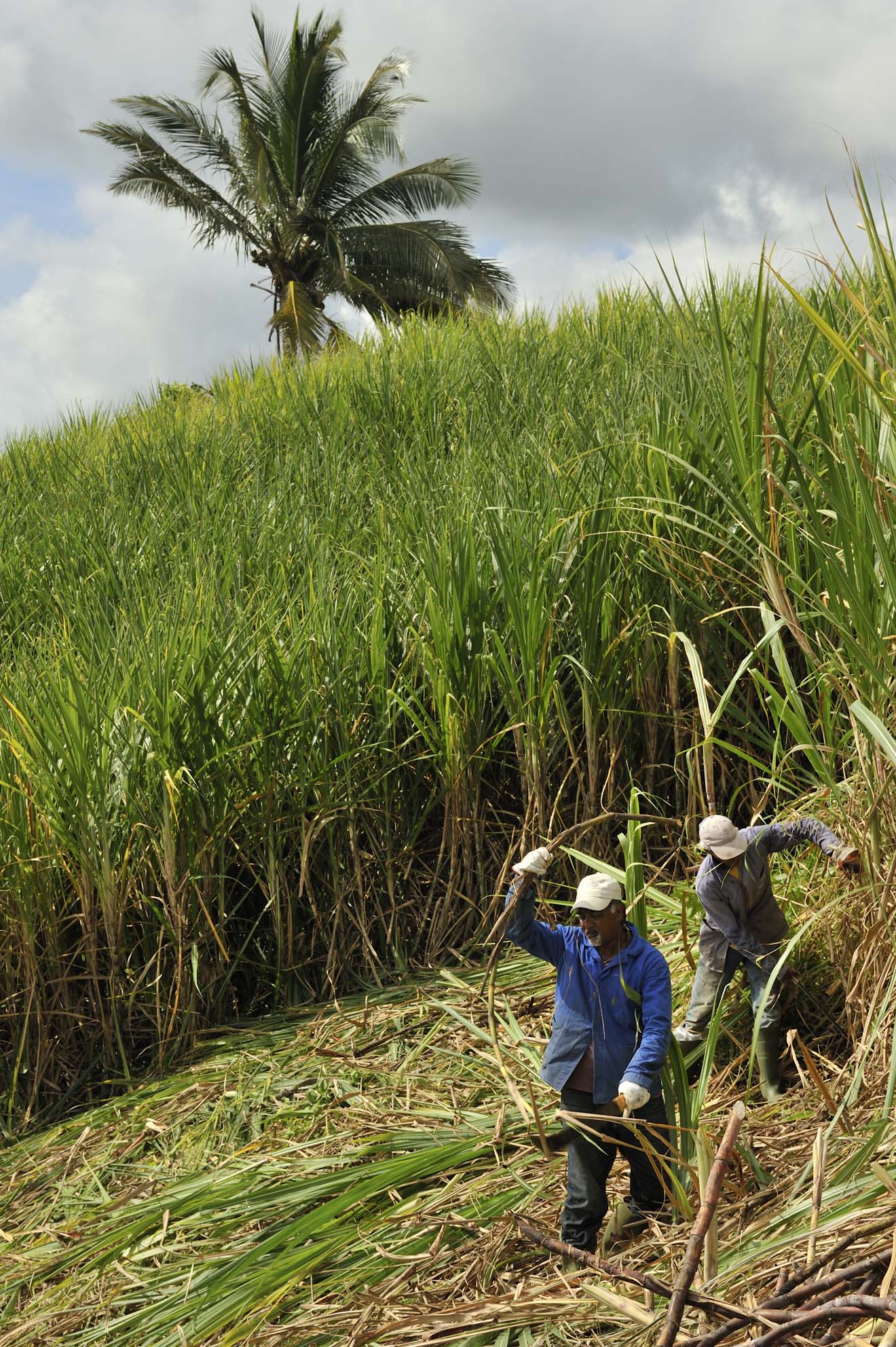
Photo Courtesy of Shutterstock.com
She continues, “Sugar cane is in the grass family and that is clearly reflected in the flavor profile, which is a combination of smoke and earthy minerals with sweeter notes of banana, vanilla and cinnamon. It is very complex and an absolutely captivating spirit which makes it perfect for drinking on its own or used in a number of cocktails.
These cocktails benefit from mandated brix and pH levels as well as the guidelines about minimizing the waiting times between cutting the cane and the start of the fermentation and distillation process. There is officially just a 24-hour window in which to harvest the cane and begin the fermentation process. Keeping that timetable tight means the sugar has no time to oxidize and/or dissipate and thereby maintains its distinct and unique flavor when it becomes rhum agricole and gets bottled. It also means that if a distillery is backed up they might call down to the foreman in the cane fields to tell them to halt their cutting for a little while so that the distillery can catch up.
And it is well worth the wait. The rhum that gets produced inspires a good deal of passion in those familiar with this unique product. Elana Effrat, Spirits Brand Manager Martin Scott Wines, finds a distinct connection between rhum and the finest burgundies. Which makes sense since the Martinique rhum agricole tradition was started four generations ago by Homére Clement.


